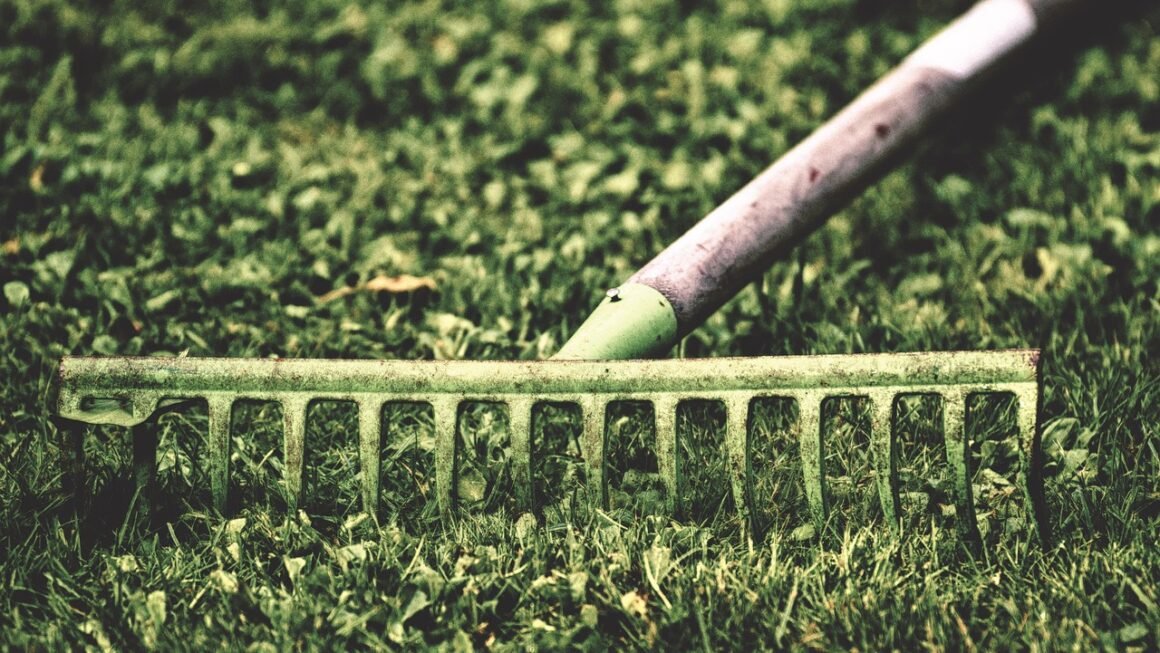Manure, often overlooked, is a powerhouse of natural fertilizer and a cornerstone of sustainable agriculture. For centuries, farmers have relied on this resource to enrich their soils, boost crop yields, and create thriving ecosystems. But manure is much more than just animal waste; it’s a complex blend of organic matter, nutrients, and beneficial microbes that can transform your garden or farm. In this comprehensive guide, we’ll delve into the world of manure, exploring its types, benefits, proper usage, and potential drawbacks, equipping you with the knowledge to harness its full potential.
Understanding Manure: A Natural Soil Amendment
What is Manure?
Manure is animal excrement, encompassing feces and urine, often mixed with bedding materials like straw or wood shavings. Its value stems from its rich organic matter content and the presence of essential plant nutrients, primarily nitrogen (N), phosphorus (P), and potassium (K), along with micronutrients. Manure acts as a natural fertilizer, enhancing soil fertility and promoting healthy plant growth.
- Composition: Manure composition varies based on the animal species, diet, age, and bedding used.
- Organic Matter: Provides a food source for beneficial soil microbes, improving soil structure and water retention.
- Nutrients: Delivers essential nutrients for plant growth, reducing the need for synthetic fertilizers.
Types of Manure
Different animal manures offer varying nutrient profiles and characteristics. Choosing the right type depends on your soil needs, crop requirements, and availability.
- Cow Manure: A widely available and commonly used manure. Generally considered a “cool” manure, meaning it doesn’t burn plants as readily as some other types. It improves soil structure and water retention.
Example: Ideal for vegetable gardens and general soil amendment.
- Horse Manure: Similar to cow manure but typically drier and higher in fiber, especially when mixed with straw bedding.
Example: Good for improving drainage in heavy clay soils.
- Poultry Manure: The most nutrient-rich manure, particularly high in nitrogen. It’s considered a “hot” manure and needs careful composting to avoid burning plants.
Example: Excellent for boosting leafy green growth after proper composting. Use sparingly.
- Sheep and Goat Manure: Similar to cow manure but tends to be drier and in pellet form, making it easier to handle and spread.
Example: Suitable for flower gardens and raised beds.
- Rabbit Manure: Another “hot” manure, very high in nitrogen and phosphorus. Can be used directly in small amounts or composted.
Example: Great for adding to compost piles to accelerate decomposition.
Benefits of Using Manure
Manure offers a plethora of benefits for both soil health and plant growth, making it a valuable asset for any gardener or farmer.
Soil Improvement
- Enhanced Soil Structure: Manure improves soil aggregation, creating a more porous and crumbly structure. This improves drainage, aeration, and root penetration.
Benefit: Reduces soil compaction and waterlogging.
- Increased Water Retention: The organic matter in manure acts like a sponge, holding more water in the soil.
Benefit: Reduces the need for frequent watering, especially during dry periods.
- Improved Nutrient Availability: Manure slowly releases nutrients over time, providing a sustained source of nourishment for plants.
Benefit: Reduces nutrient leaching and promotes healthy, long-term plant growth.
- Increased Microbial Activity: Manure feeds beneficial soil microbes, which play a crucial role in nutrient cycling and disease suppression.
Benefit: Creates a healthier and more resilient soil ecosystem.
Plant Growth Promotion
- Essential Nutrients: Manure provides plants with essential nutrients like nitrogen, phosphorus, and potassium, as well as micronutrients.
Benefit: Promotes vigorous growth, abundant flowering, and higher yields.
- Disease Resistance: Healthy soil ecosystems fostered by manure can help plants develop greater resistance to diseases and pests.
Benefit: Reduces the need for synthetic pesticides and fungicides.
- Improved Crop Quality: Manure can improve the taste, texture, and nutritional value of crops.
Benefit: Produces healthier and more flavorful food.
Using Manure Safely and Effectively
Proper handling and application are crucial for maximizing the benefits of manure while minimizing potential risks.
Composting Manure
Composting is the process of decomposing organic matter, including manure, into a stable and usable form.
- Benefits of Composting:
Reduces pathogens and weed seeds.
Reduces odor.
Stabilizes nutrients.
Creates a more uniform and easy-to-handle product.
- Composting Process:
Mix manure with carbon-rich materials like straw, leaves, or wood chips.
Maintain a moisture level similar to a wrung-out sponge.
Turn the pile regularly to provide aeration.
Monitor the temperature; ideally, the pile should reach 130-160°F (55-70°C) to kill pathogens.
- Example: A simple compost pile can be created by layering manure with straw in a 1:1 ratio, turning the pile every few days, and keeping it moist.
Application Methods
- Broadcasting: Spreading manure evenly over the soil surface and incorporating it by tilling or digging.
Best For: Preparing large areas for planting.
- Side-dressing: Applying manure along the rows of established plants.
Best For: Providing a nutrient boost during the growing season.
- In-row Application: Placing manure directly in the planting furrow or hole.
Best For: Giving young plants a good start.
- Top-dressing: Spreading composted manure around the base of plants.
Best For: Mulching and providing a slow-release nutrient source.
Application Rates
Applying the correct amount of manure is essential. Too much can lead to nutrient imbalances and water pollution, while too little may not provide enough benefits.
- General Guideline: Apply 20-30 lbs of composted manure per 100 square feet of garden area.
- Soil Testing: Conduct a soil test to determine the specific nutrient needs of your soil and plants. This is the most accurate way to determine the appropriate application rate.
- Example: If your soil test indicates a nitrogen deficiency, you may need to apply more nitrogen-rich manure, like poultry manure, but always composted.
Safety Precautions
- Handling: Wear gloves and a mask when handling manure to protect yourself from potential pathogens and dust.
- Storage: Store manure in a designated area away from water sources and sensitive areas.
- Watering: Avoid watering plants immediately after applying fresh manure, as this can increase the risk of contamination.
- Food Safety: Wash fruits and vegetables thoroughly before eating, especially if they have been grown in soil amended with manure. Allow a minimum of 120 days between manure application and harvest for crops that touch the soil (e.g., lettuce, strawberries) and 90 days for crops that don’t (e.g., tomatoes, peppers).
Potential Drawbacks and Considerations
While manure offers numerous benefits, it’s important to be aware of potential drawbacks and considerations.
Pathogens
- Risk: Manure can contain pathogens like E. coli and Salmonella, which can pose a health risk to humans.
- Mitigation: Composting manure effectively reduces or eliminates these pathogens.
Weed Seeds
- Risk: Manure can contain weed seeds that can germinate and compete with your crops.
- Mitigation: Composting effectively kills weed seeds. Using manure from animals fed weed-free diets can also help.
Salt Content
- Risk: Some manures, particularly those from animals fed high-salt diets, can have a high salt content, which can damage plants.
- Mitigation: Leach manure with water before applying it to the soil.
Nutrient Imbalances
- Risk: Applying excessive amounts of manure can lead to nutrient imbalances in the soil, such as excess nitrogen or phosphorus.
- Mitigation: Conduct soil tests and apply manure according to recommended rates.
Odor
- Risk: Fresh manure can have a strong and unpleasant odor.
- Mitigation: Composting significantly reduces odor. Applying manure in the early morning or late evening can also minimize odor issues.
Conclusion
Manure is a valuable resource for improving soil health, promoting plant growth, and reducing reliance on synthetic fertilizers. By understanding its types, benefits, and proper usage, you can harness its full potential while minimizing potential risks. Composting manure is essential for safety and effectiveness, and regular soil testing is crucial for determining appropriate application rates. Embrace manure as a natural and sustainable way to nourish your garden or farm, and you’ll reap the rewards of healthy soil, thriving plants, and a more resilient ecosystem.




